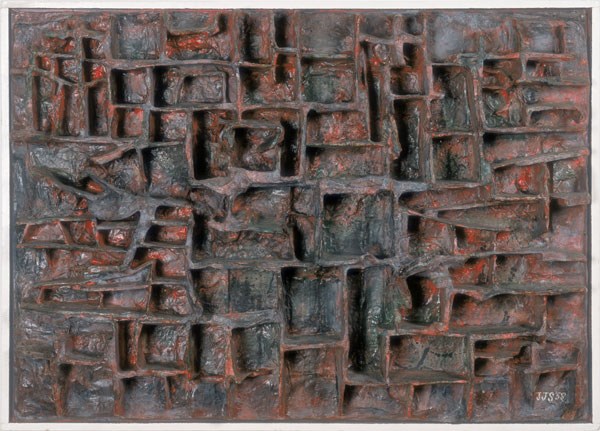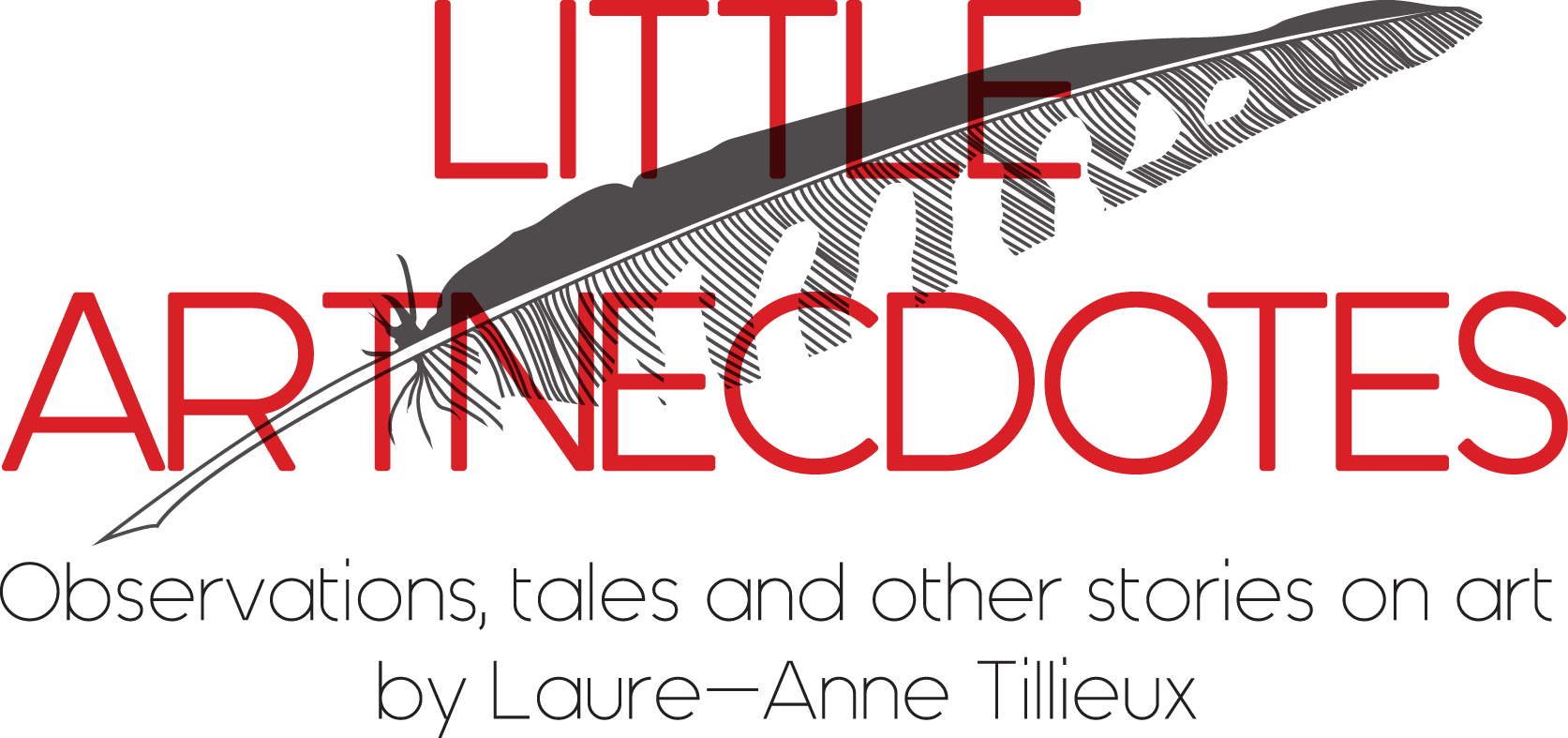
More than just white
Jan Schoonhoven (1914-1994) was a legendary artist, whose personal life fired imagination as much as his minimalist reliefs of cardboard and papier-mâché. He was a modest civil servant who conquered the world with his art, produced in the evenings. He never left his hometown Delft except for his office job. A communist that lived his whole life in a house without a fridge and a shower, and that funded legendary jazz concerts, organized by his wife, without even caring about the music. He was attached to order and regularity, but let himself painted in public twice by Japanese artist Yayoi Kusama and could lose himself completely in gin drink sessions.
Schoonhoven initially made mainly abstract drawings. From the mid 1950s he discovered the possibilities of cardboard in order to create reliefs. The informal style he operated eventually led to the famous white grid reliefs, called ‘large paintings’ by the artist. They do not depict so much the visible reality, but autonomous realities where the workings of the light played an important role. At the beginning his reliefs were reddish brown or gray, with rhythmic patterns in which a visual motif was repeated. End of the 1950s Schoonhoven discovers the white works of the Italian Piero Manzoni. This led to the well-known white grid reliefs, which formed the basis of his artistic production the following decades. White better supported his desire to be less present in the artwork.
Together with Peter Struycken and Ad Dekkers he represented the Netherlands at the Sao Paulo Biennial in 1967 where his work was celebrated and awarded with the second prize. It meant his international recognition. With the success came the impossibility to fulfil the need of constantly producing new works, hence the recruitment of several assistants. Until his retirement he continued his job as civil servant at the national postal service. Schoonhoven was more than just a white obsessed man.
Two shows were dedicated to Jan Schoonhoven at this moment: De werkelijkheid van Jan Schoonhoven (Stedelijk Museum Schiedam) and Kijk, Jan Schoonhoven (Museum Prinsenhof Delft). Both were on view until February 14.

R 71-20 1971. Courtesy Stedelijk Museum Schiedam
